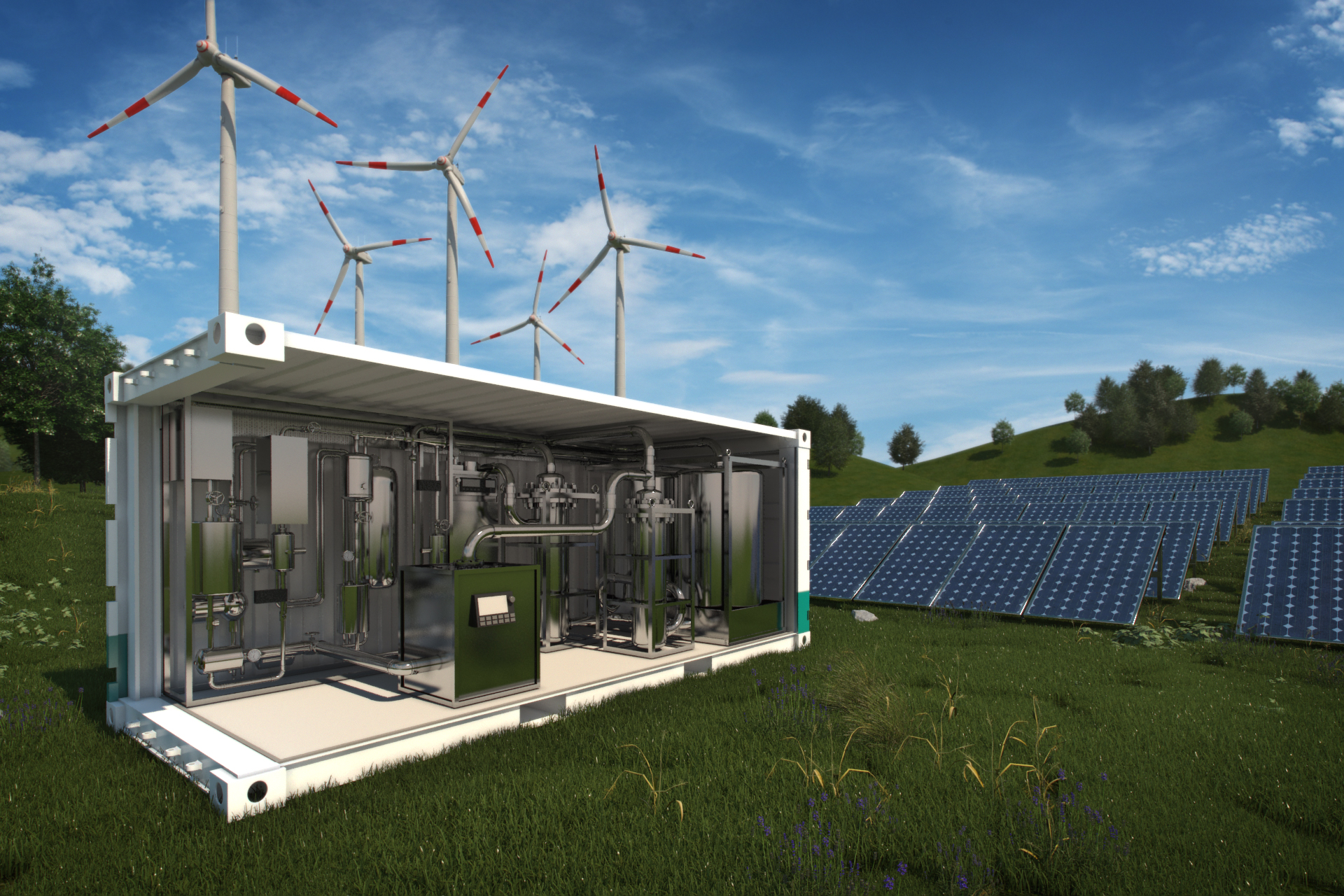Clariant participates in German Kopernikus initiative for advancing renewable energy

Munich, July 25, 2017 – Clariant, a world leader in specialty chemicals, today announced that its Catalysts business is participating in the Kopernikus technology initiative of the German Federal Ministry of Education and Research. The aim of the major cross-industry program is to promote the switch to renewable energy. Of the four main Kopernikus projects, Clariant is contributing to the "Power-to-X" project by designing catalysts tailored for the LOHC (Liquid Organic Hydrogen Carriers) technology.
Clariant's partners in the LOHC development team include:
- RWTH Aachen University
- Forschungszentrum Jülich (FZJ)
- Friedrich-Alexander University Erlangen/Nuremberg (FAU)
- Karlsruhe Institute of Technology (KIT)
- Fraunhofer Institute for Mechanics of Materials (IWM) / Fraunhofer Institute for Solar Energy Systems (ISE)
- Leibniz-Forschungsverbund Energiewende (WZB/DIW)
- Areva H2Gen GmbH
- Hydrogenious Technologies GmbH
- thyssenkrupp Industrial Solutions AG
Besides being a standard industry gas, hydrogen has the potential to be a major energy carrier. Hydrogen obtained from renewable energy or industrial sources can be used to store energy for subsequent use in industry, mobility and electricity. However, hydrogen's very low density, high flammability and extreme volatility make storage and transportation difficult, thereby limiting its environmental and commercial advantages.
LOHC technology overcomes this challenge. In a breakthrough method developed by Hydrogenious Technologies, hydrogen is chemically bound to the LOHC carrier, which acts like a battery for hydrogen: it charges through catalytic hydrogenation and releases hydrogen via catalytic dehydrogenation. Compared to conventional methods, the LOHC concept enables significantly safer and more efficient storage and transportation of hydrogen. Among other benefits, this will greatly facilitate the conservation of surplus energy from wind and solar sources. Clariant has successfully developed dedicated catalysts for LOHC hydrogenation (EleMax® H 101) and dehydrogenation (EleMax D 101). Clariant Catalysts continues to support the research with catalyst products and expertise to further increase the efficiency of this technology.
Under the Kopernikus "Power-to-X" project, the LOHC research phase is sponsored for an initial period of three years. During this time, the team intends to advance LOHC technology from Research and Development (R&D) to industrial maturity.
Marvin Estenfelder, Head of R&D Catalysts at Clariant, stated, "Clariant is honored to participate in the Kopernikus initiative and to collaborate with pioneers like Hydrogenious Technologies. Sustainability is a strategic pillar of Clariant's business strategy, and we are committed to leveraging our innovation capabilities to solve current and future global challenges."
EleMax® IS A TRADEMARK OF CLARIANT REGISTERED IN MANY COUNTRIES.

